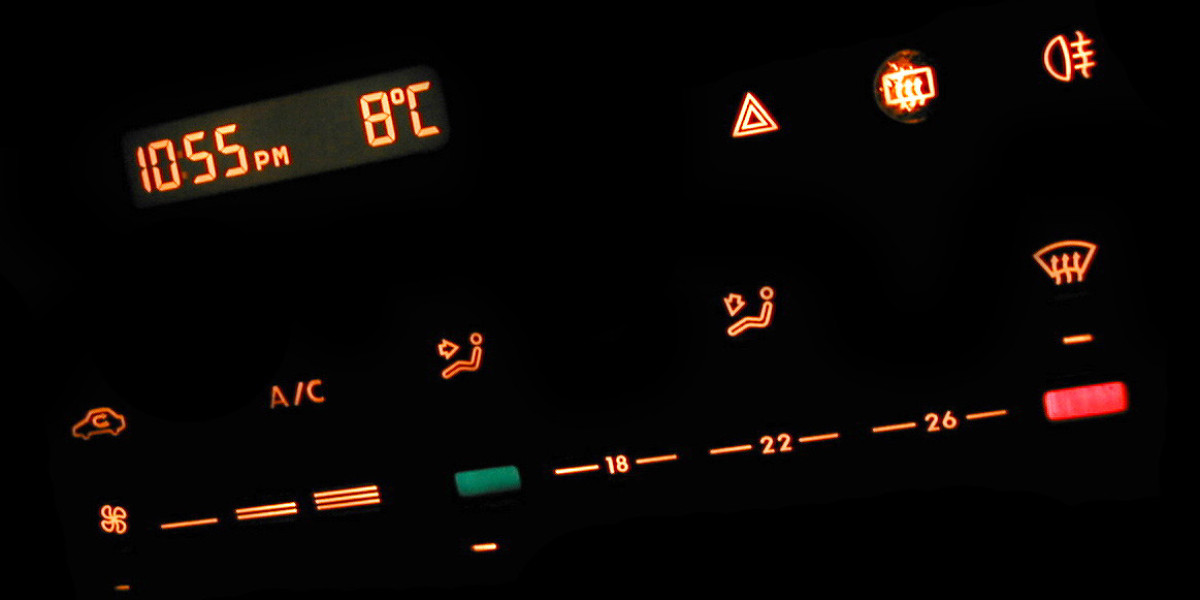Gastro Inflammation Research Formula (BPC-157, KPV, N-Acetyl Larazotide)
The core concept behind this research formula is the synergistic interaction between three distinct molecules. BPC-157, a pentadecapeptide derived from body protection compound, has shown remarkable effects on angiogenesis, fibroblast migration, and modulation of inflammatory cytokines. KPV, a tripeptide composed of lysine, proline, and valine, functions as an antagonist to the neurokinin-1 receptor, thereby reducing substance P-mediated inflammation and pain pathways that often exacerbate gut injury. N-Acetyl Larazotide is a modified version of larazotide acetate, a peptide that enhances tight junction integrity by acting on zonulin receptors. By co-administering these three peptides, the formula aims to provide a comprehensive approach: BPC-157 accelerates healing, KPV dampens neurogenic inflammation, and N-Acetyl Larazotide restores epithelial barrier function.
In preclinical models of colitis, ulcerative lesions, and intestinal ischemia–reperfusion injury, this combination has demonstrated reduced histological damage, lower myeloperoxidase activity (an indicator of neutrophil infiltration), and improved mucosal thickness. Moreover, the triple-peptide mix has been shown to decrease pro-inflammatory cytokines such as tumor necrosis factor alpha and interleukin-6 while increasing anti-inflammatory mediators like interleukin-10. These results suggest that the formula may be useful for studying both acute and chronic gastrointestinal disorders, including inflammatory bowel disease, irritable bowel syndrome with an underlying inflammatory component, and postoperative ileus.
Product Description
The product is typically supplied as a sterile aqueous solution in a vial suitable for subcutaneous or intraperitoneal injection. The formulation contains the following active components:
- BPC-157 at a concentration of 1 mg/mL, allowing precise dosing from 0.01 mg to 1 mg per administration.
- KPV at 0.5 mg/mL, which can be combined with BPC-157 in varying ratios depending on experimental needs.
- N-Acetyl Larazotide at 0.2 mg/mL, providing a steady release of the barrier-enhancing peptide.
Peptide Specifications
- BPC-157 (Pentadecapeptide)
- Molecular weight: 1744 Da
- Solubility: Highly soluble in water; stable at 2–8°C for up to one year when stored as a lyophilized powder and reconstituted with sterile water.
- Stability: Resistant to proteolytic degradation, allowing it to remain active after injection into the peritoneal cavity or subcutaneously.
- KPV (Tripeptide)
- Molecular weight: 241 Da
- Solubility: Water-soluble; can be stored at room temperature in a dry form.
- Stability: Stable for several months when kept away from light and moisture.
- N-Acetyl Larazotide (Modified Zonulin Antagonist)
- Molecular weight: 1440 Da
- Solubility: Requires aqueous buffer; typically reconstituted with sterile saline.
- Stability: Maintains activity for at least six months when stored at 2–8°C in a sealed container.
The combined formulation is engineered to preserve the integrity of each peptide while allowing them to act concurrently. Researchers can adjust the ratio of BPC-157 to KPV depending on whether they wish to emphasize regenerative processes or anti-inflammatory effects, and N-Acetyl Larazotide serves as a constant base that ensures epithelial barrier reinforcement throughout the study.
Overall, this gastro-inflammation research formula provides a versatile platform for investigating novel therapeutic avenues in gastrointestinal pathology. By harnessing the complementary mechanisms of BPC-157’s regenerative properties, KPV’s anti-neurogenic inflammation, and N-Acetyl Larazotide’s tight-junction enhancement, scientists can explore both fundamental biology and translational applications aimed at reducing disease burden and improving patient outcomes.







